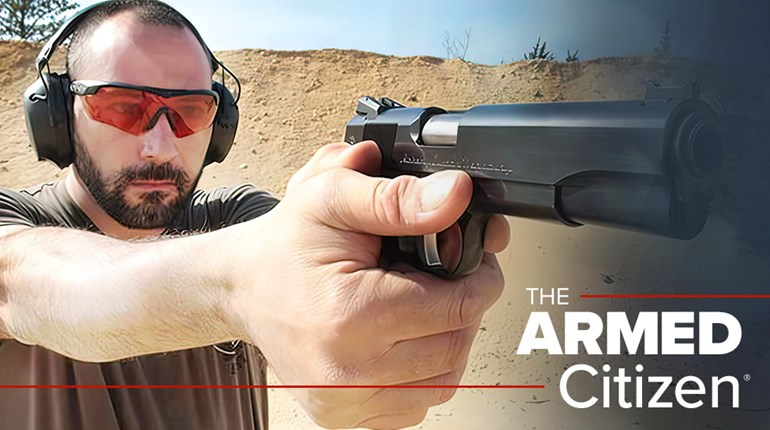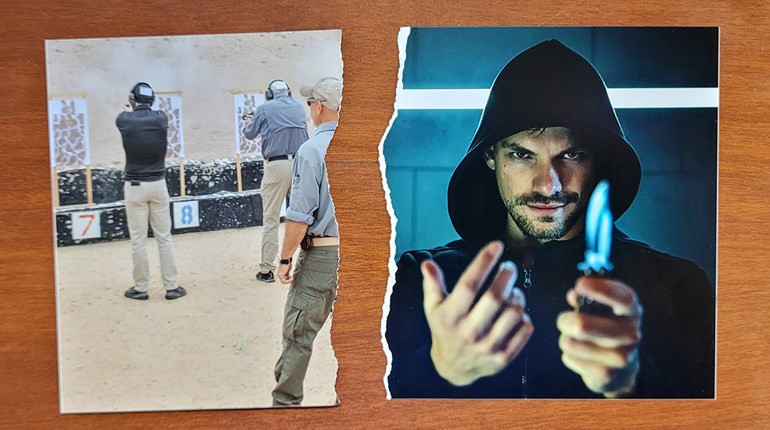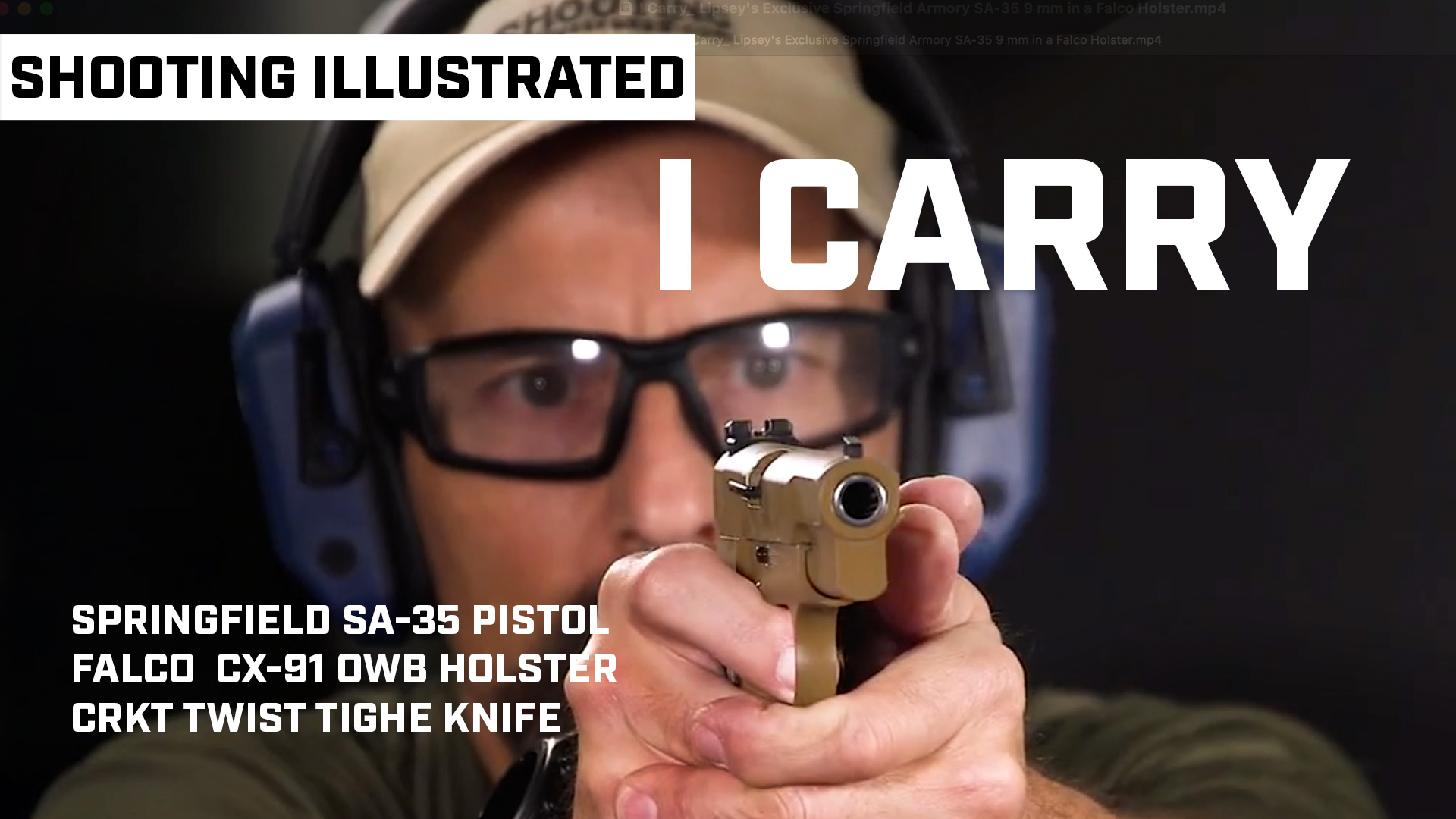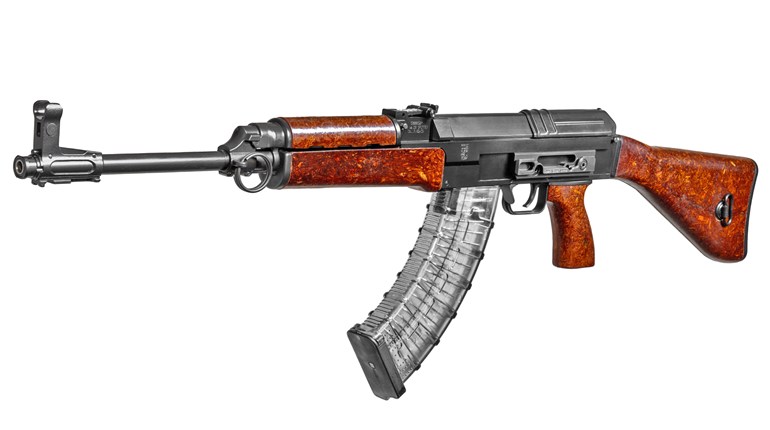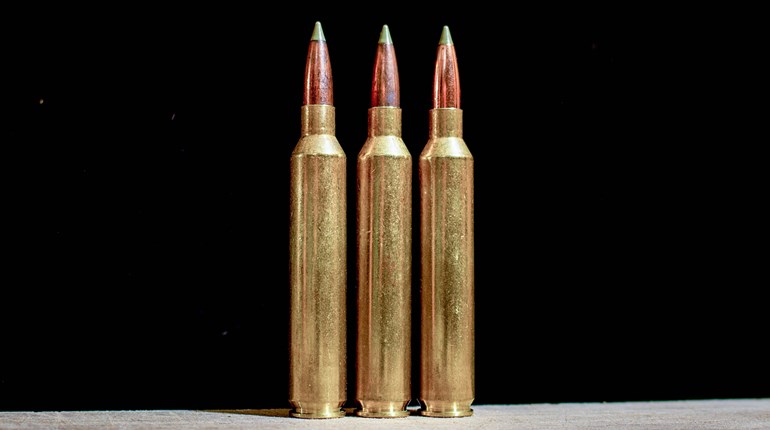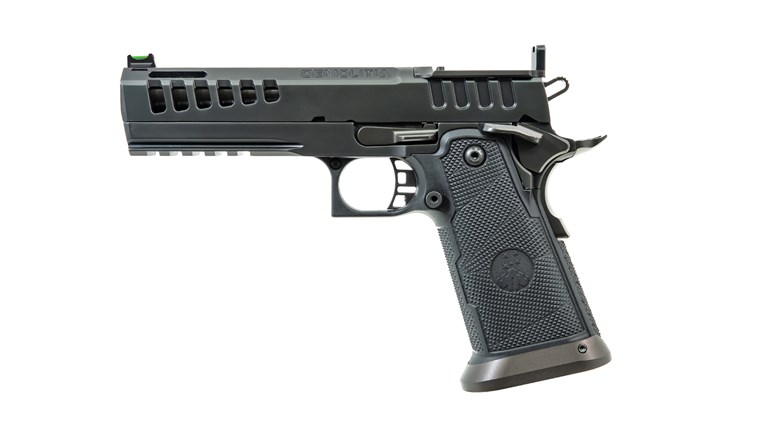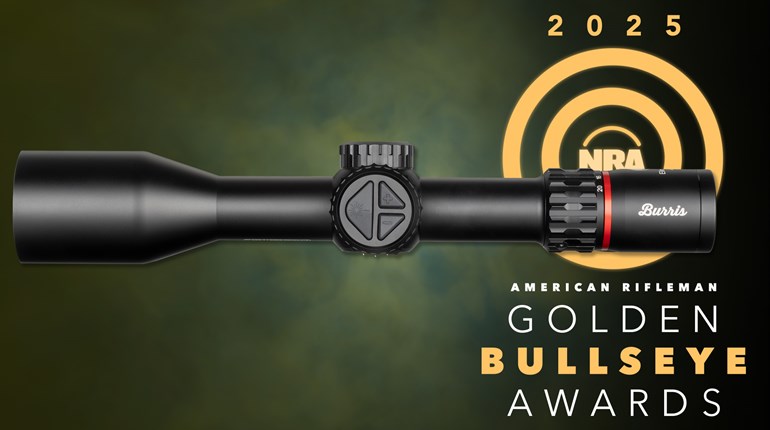
Back in my early law enforcement days, our department required us to carry double-action revolvers exclusively. We also qualified on the 50-round PPC course and many of our officers competed in PPC matches around the state and country. We were taught to do our reloads by holding the revolver at belt level and, even in the days before speed loaders, this made for a very quick reload. It was quick but it sure wasn’t very tactical.
The problem is that, in loading at the belt level, the shooter is nearly always bent over with his head down, looking at the gun and ammo. And that is a tough position to be in if one expects to see what is going on around him. One might reasonably assume that the attacker is not going to be standing there, in one spot, during the fight. So one gets reloaded and then has to look up and relocate his target. Did he run this way or that? Did he take cover? Did he use the opportunity to get right in your face?
A far better technique is to hold the gun—revolver or semi-auto—high, about shirt pocket level, while doing the reload. This allows the shooter to keep his head fairly erect and allows him to observe what is going on around him. The shooter may also have to look at his gun during certain reloading steps, especially with a revolver, and this erect stance and high reload allows him to glance at the gun when necessary and still keep a pretty good eye on his surroundings.
Even with this high reload, it is best to always recharge the firearm from behind cover. Reloading out in the open vastly increases the chances of getting attacked.
The shooter should practice the reload until it become ingrained as a habit. A good idea is to use the proper technique every time the gun is loaded or unloaded, on the range, in the home, or just anywhere for any reason.
In retrospect, I don’t begrudge our competitive shooters for using the belt-high reload. They were trying to work out ways to have an edge, to win in a shooting match. The problem lies when people started copying something without understanding why it was performed that way.












